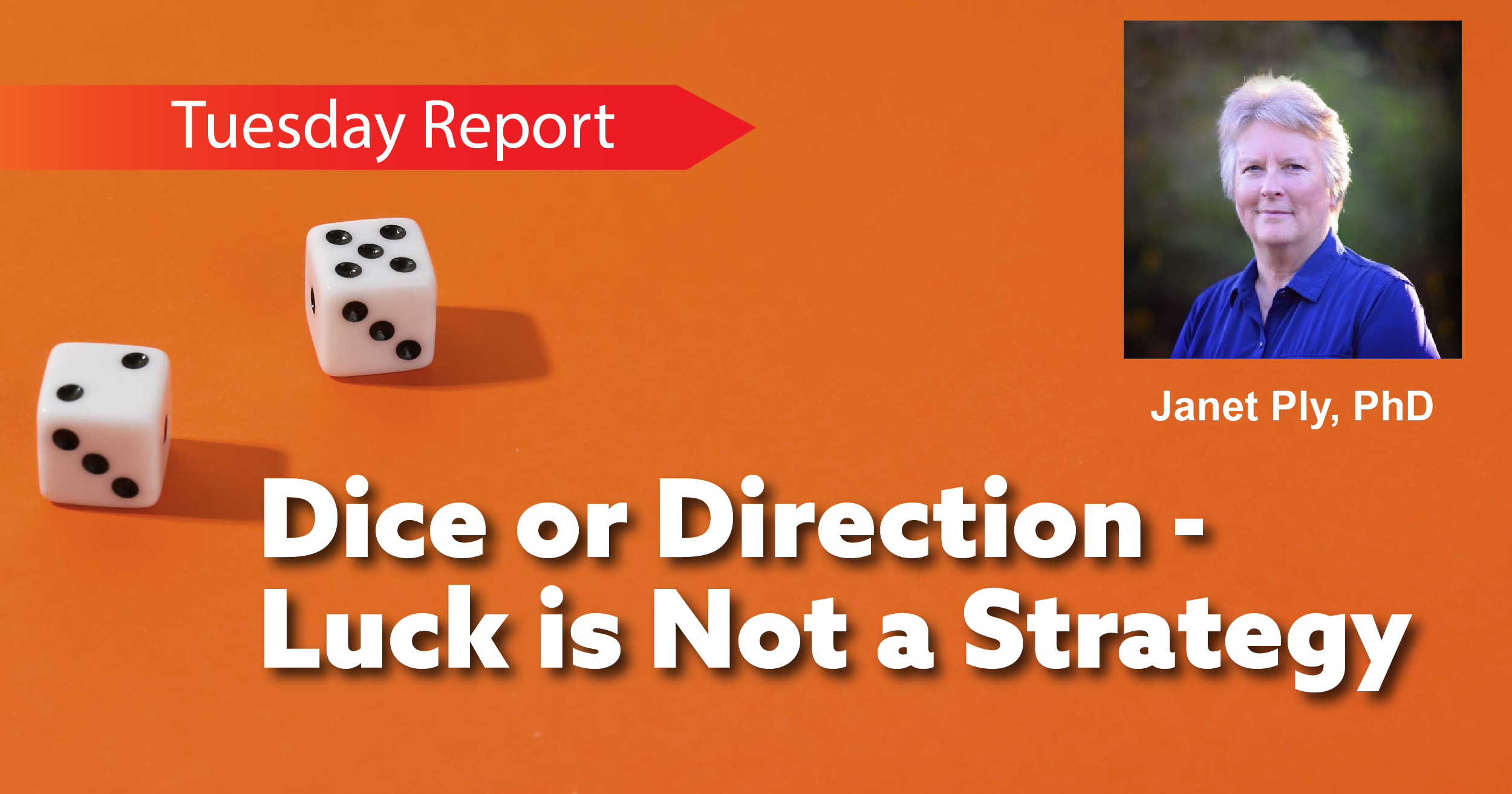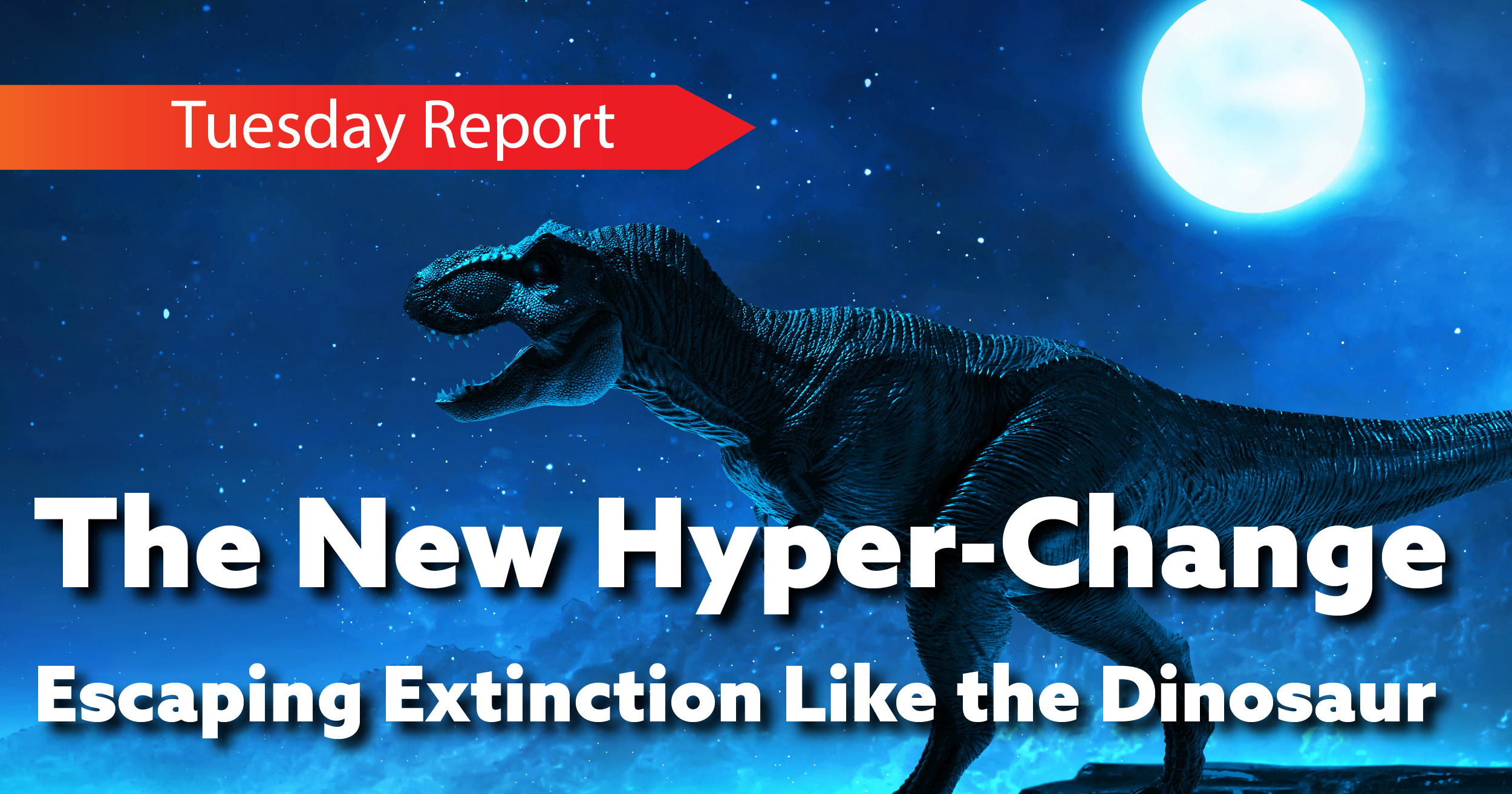How do you propel the performance of teams and players and align them so they click and accomplish their goals?
The Porter Company of Austin, Texas, has created a model that enables them to utilize their teams as their competitive edge.
Traditional employment reviews are not working in the world of work of today.
If you’re using traditional performance reviews with the “come into my office and take your medicine” approach of an annual judgment day from on high, you’re following a model that is dying. Companies such as Microsoft as well as the consulting firm Accenture have dropped traditional performance reviews.
But who believes that performance shouldn’t be measured?
Individual performance on teams has never been more critical. It must be sharpened, focused, directed and measured today more than ever. High performing teams determine the success of 21st Century organizations.
The Porter Company depends on the ability and competency of their teams and every player on each team.
Porter is a mechanical contractor that has been a key part in reshaping the skyline of Austin during a period of historic growth. Some of the major downtown projects for the Porter Company have been the JW Marriot Hotel, the AT&T conference center, the Frost Tower, and a host of other projects.
Although the Porter Company is 70 years old, it was purchased by David Richards, who is the CEO. Aaron Richards is President and COO. Companies like the Porter Company are models to be benchmarked for turning the traditional performance review into a relationship building, coaching, managing, and measurement moment in the life of each employee. Rather than being a traditional employee review that is a demoralizing, distracting time sink, it is part of Porter’s strategy to succeed through its teams.
James Richards is Director of Project Management for Porter and plays a key role in the direction of the project teams that run the massive construction projects Porter does.
The following are some of the principles of the way that James Richards manages, mentors, trains, motivates and evaluates employees in the Porter tradition.
- Traditional employee evaluations often don’t work because supervisors don’t meet with their people on a regular basis. James Richards’s first Porter priority is to meet with his direct reports at least once a month for a one-on-one review. In many organizations, direct reports say they haven’t been evaluated in years. Sometimes team members have been randomly assigned to teams, and neither the team member nor the supervisor is totally clear about their relationship. They don’t work together on a day-to-day basis and form their impressions of each other based on meetings on other topics, crises, passing impressions and often random encounters.
- Team members must understand the economic business reason their team is together. James Richards is fond of asking of his direct reports, “What would you do [in this situation] if you were me?” This gives the team member the opportunity to learn how decisions are based on business reasons. The Porter Company is a union contractor, and some members of the team are both management and members of Plumbers & Pipefitters Local Union 286. Porter has been effective in developing a working relationship based on understanding that employees get and keep jobs when contractors have work; it is a collaborative relationship of mutual benefit.
- Traditional employee evaluations are done according to what motivates the supervisor—Porter works on really knowing employees. James Richards points out that people are motivated by many different factors. “I try to get in their heads,” reports James. Some direct reports are motivated by money, some by their relationship with their peers, or by their own personal goals. James works to understand how the lives of his six direct reports fit together at work, at home, and in the rest of their world.
- Too often performance interviews serve no useful purpose—Porter’s reviews discover important business issues. Traditional employee evaluations often have pre-prepared questions asked to all employees. Porter’s reviews discover critical business issues. Where are the snags in the process? Who have you not been able to convene for a meeting? Are there critical issues that must be solved now? A monthly meeting with great questions can avert disasters that are avoided because of a single conversation.
- Traditional performance reviews are slow to discover team issues—How are my direct reports getting along with their direct reports? Because of the need for team relationships to work well, James Richards asks his team about what’s going on with their direct reports and their teams. How is the relationship with the general contractor? How are relationships with labor? With a monthly meeting, James Richards keeps himself up-to-date with the critical relationships that move the projects forward. Without the regular feedback from supervisor/direct report regular meetings, management is reduced to finding out negative or positive information from the grapevine. Regular performance status meetings provides a natural opportunity to verify the status of the project and the morale of the team.
- Traditional performance reviews leave both the supervisor and the direct report emotionally battered—Porter direct reports look forward to their meetings as a time for updates and mentoring. The interviews are very useful to both.
- Collaborative performance interviews lead to effective evaluations. When performance conversations take place on a monthly basis, true evaluation can occur. The direct supervisor is aware of who the person they’re supervising really is. He understands their competencies, where they struggle, and the effectiveness of their decision making and execution.
We live in a world where the nature of employment continues to evolve. The time of employment continues to shorten and this trend is likely to continue. Through evaluations, employers need to determine if the employee continues to deliver value in the areas where he or she is assigned. Employers do not have the luxury of keeping an employee who doesn’t deliver value.
Through evaluations, employees need mentoring and skillset improvement that will allow them to build the kind of strong portfolio where they will be able to find increasingly valuable assignments. Employees need strong networks of contacts, and the relationship between direct supervisor and a direct report may go on for years, long after they are no longer working for the same employer.
The Porter model is the model of the 21st Century and has wide applicability for a number of industries. Building relationships and competencies will take supervisors and direct reports on a pathway to success.






